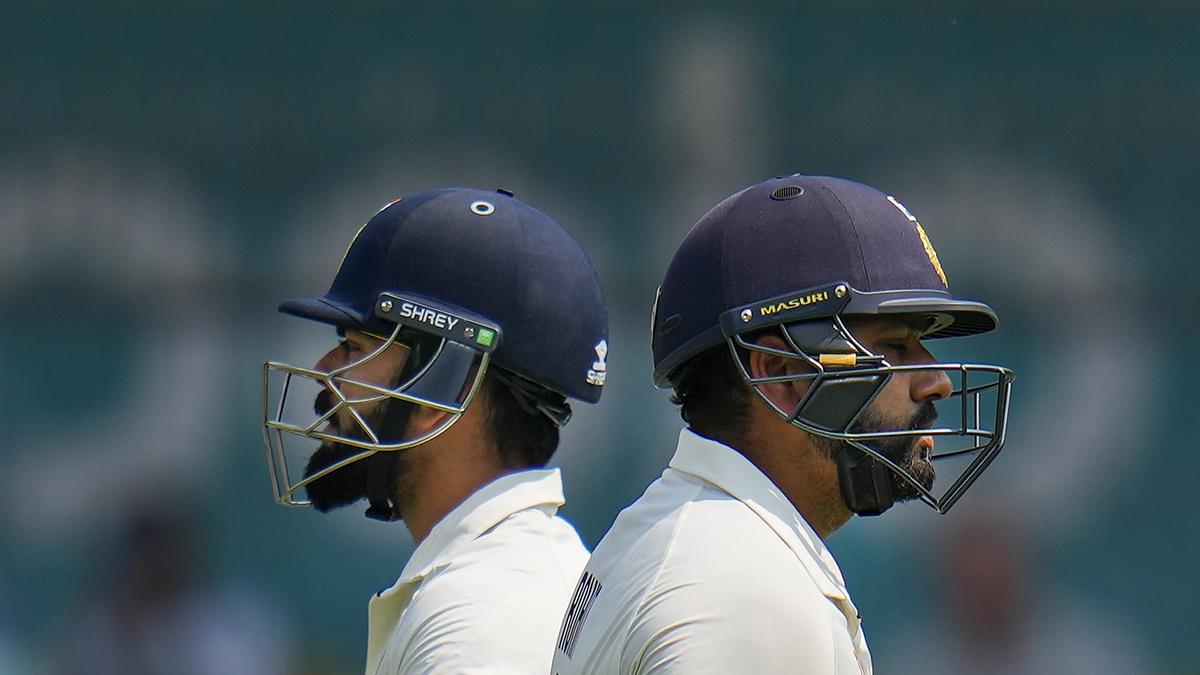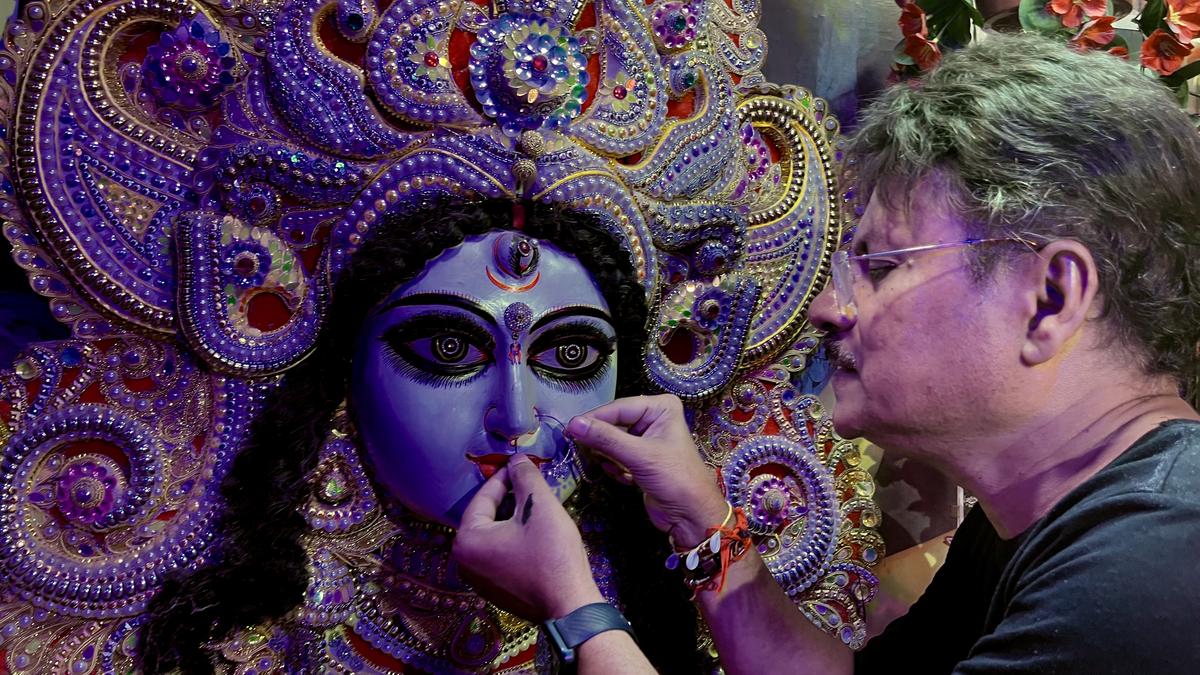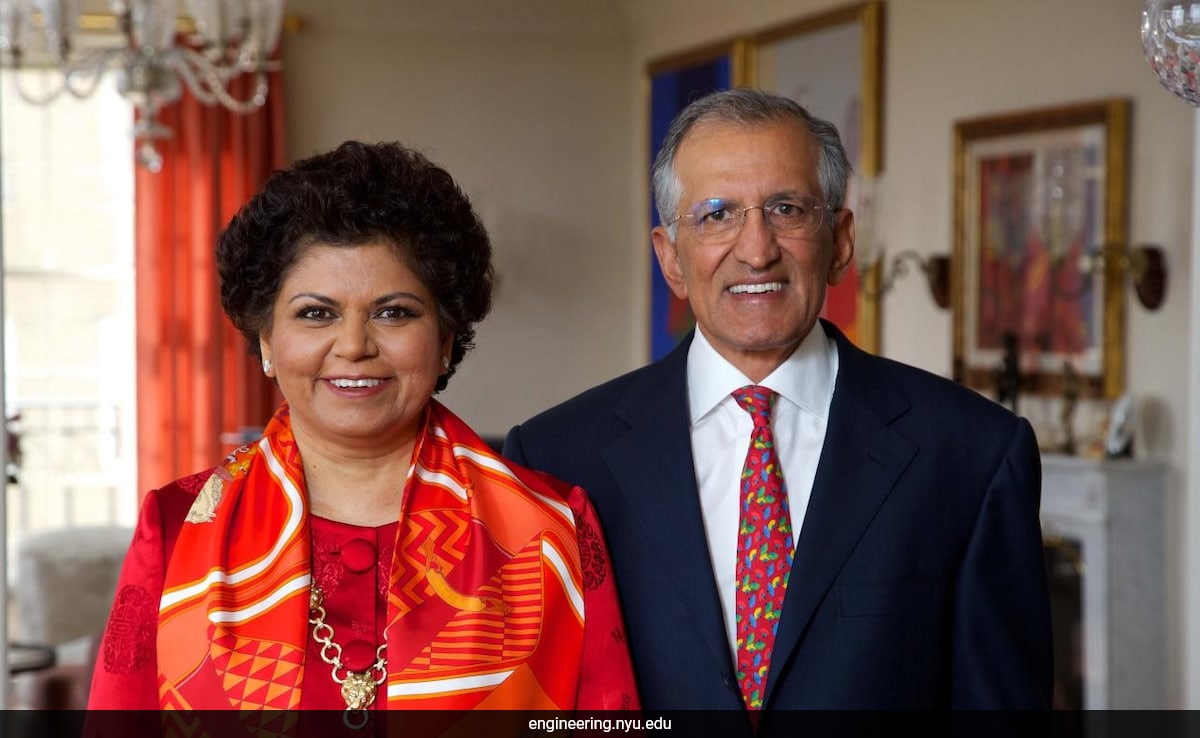India’s vaunted ‘next-gen’ stars, bred on an overdose of T20 cricket, will be tasked with filling the void left by the last decade’s most celebrated cricketers — Virat Kohli and Rohit Sharma — and preparing for life after them in the most testing format.
They will be thrown in at the deep end, beginning with a five-match Test series in England, which comes close on the heels of the Indian Premier League (IPL). A fledgling set of batters will be compelled to shelve flair for the hard grind in conditions where a Test series victory has been elusive since 2007. Add to that the absence of a cumulative experience of 190 Test matches, which Kohli and Rohit brought to the table, and all signs point towards a bumpy transition.
The recent rut in Tests, beginning with a shock whitewash at home against the Kiwis and followed by a 1-3 defeat in Australia, does not inspire confidence. But Yashasvi Jaiswal and K.L. Rahul emerged as silver linings in times of crisis, establishing themselves as reliable openers for the future during the tour Down Under after Rohit missed the series opener in Perth. While Jaiswal was India’s top scorer on his maiden tour of Australia, Rahul was the foil to the youngster’s natural aggression. Rohit dropping down to No. 6 on his return in Adelaide and Rahul retaining his opening spot for the following two Tests was perhaps an indication that the skipper’s days in the longest format were numbered, before his decision to axe himself from the final Test in Sydney meant the die was cast. A tally of 164 runs in his last 15 Test innings at an average of 10.93 would have only precipitated the announcement to finally call it a day.
Dealing with Rohit’s retirement alone would not have set off too many alarm bells. But Kohli hanging up his boots has thrown hallowed land into disarray. Ever since Sachin Tendulkar stepped out at No. 4 in 1992 against Australia, before Kohli stepped into the breach in 2013, the solid bridge between the top and middle order has been the cornerstone of India’s success in the longest format. The No. 4 spot, synonymous with the two generational talents, has produced the best average — 50.75 — amongst all other batting positions for India since Tendulkar first assumed the mantle, with No. 3 being a distant second, at 45.50. Understandably, the lack of an apparent successor seems to have amplified the lacuna left in the wake of Kohli.
Musical chairs
While Jaiswal, Rahul, and Shubman Gill are going to be staples in the top four for the years to come, the order could be informed by who is anointed at No. 4. India’s five-match Test series against England at home last year saw a saga of musical chairs for that spot in the absence of Kohli. Rahul, Shreyas Iyer, Rajat Patidar and Devdutt Padikkal were slotted in that position over the course of that series, but Shreyas and Patidar are not in the scheme of things at present, while Padikkal is recovering from injury. Rahul, a recurring casualty of batting-order rejigs, may be shunted to No. 4 just as he was finding his feet again as an opener.
But that arrangement could disturb Gill’s preferred No. 3 spot as he could be asked to partner Jaiswal at the top. Sai Sudharsan, with a prolific IPL season under his belt, is primed for a debut but the management could be averse to making him open at the outset in English conditions. Moreover, the southpaw has some experience of batting in the middle order in First-Class cricket and even scored a century for Surrey at No. 6 in the County Championship last year.
In the event of Gill opening with Jaiswal and Rahul dropping to No. 4, Sudharsan could take up the No. 3 spot, which is not too much different from opening the innings. He has two centuries at that position in First-Class cricket but has only tallied 12 runs in his last four innings at No. 3. At No. 4, Sudharsan has amassed 116 runs in three innings, including a fifty, in the red-ball format.
But Gill reprising the role of opener has its pitfalls. Other than potentially shouldering the burden of captaincy, he also needs to banish the demons of his indifferent record overseas, where he averages 27.53 in 15 matches. His technique against the new ball has been found wanting, as an average of 32.37 suggests. Ahead of the tour of the West Indies in 2023, Gill had asked to be slotted at No. 3, where he has averaged just under 38 in 17 matches since. Moreover, his struggles in England, where he eked out 88 runs in six innings in the last series, make it incumbent on the management to slot him in at his preferred No. 3 or No. 4 spot.
Opening with Rahul would solve twin problems. In the aftermath of Rohit and Kohli’s retirements, the team needs to cement batting positions for the upcoming World Test Championship (WTC) cycle, and giving Rahul a longer rope in the same position would be a step towards ensuring continuity. After all, he has been an opener for the large part of his stop-start Test career, and has had a fair amount of success opening the innings in England, scoring two hundreds and a fifty while averaging 37.31 across eight games.
Inexperience galore
Amidst all the uncertainty surrounding the batting order, the only constant for the team will be the lack of experience. Not since the twin retirements of Rahul Dravid and V.V.S Laxman after the disastrous tour of Australia in 2012 has the team been as thin on batting resources. And back then, Kohli and Cheteshwar Pujara had proven themselves adequately to lend spine to the line-up, even as Tendulkar’s towering stature loomed over them.
The current India Test setup affords no such sanctuary. Jaiswal is yet to play a Test in England, Gill has a point to prove overseas, Rahul needs to pin down his position, Sudharsan is bracing for a debut, and Rishabh Pant is battling poor form and a lack of clarity. In short, India’s potential top five are in the wilderness and the most immediate challenge will be cohesion and not betraying the sense of the upcoming series being a tryout for individual survival.
The middle order could turn to Ravindra Jadeja, who with 80 matches under his belt is the most battle-hardened in the current Test setup. The all-rounder’s batting stocks have dipped in the recent past and he may have to do more than just chip in with cameos, especially in overseas conditions.
At the crossroads
The WTC era in Test cricket has infused the need for a restart every time a new cycle beckons. With Pujara and Ajinkya Rahane being sidelined for almost two years, a comeback is unlikely. The duo has done its part by doing the hard yards in domestic cricket and the County Championship and keeping rust at bay, but the management seems to have moved on from them. Pujara and Rahane are the only active players with some experience at No. 4, having played seven and nine games respectively in that position. They could help smoothen the transition and imbue the younger crop with their never-say-die spirit, but that ship seems to have sailed.
That Jaiswal and Nitish Kumar Reddy were India’s most successful batters in the 2024-25 Border-Gavaskar Trophy perhaps only reinforces the belief that experience is overvalued. That notion will be challenged imminently. As much as the term ‘end of an era’ is too often profaned, going by how generously it is thrown around in pop culture references, Rohit and Kohli’s departure from Test cricket truly signifies an inflection point.
The years that will follow will be grouped under the ‘post Rohit-Kohli era’, much like the period that ensued after Dravid, Laxman and Tendulkar walked into the sunset. With their contrasting styles and fortunes in whites, Rohit and Kohli carved a sacred space for the game even as the swathes of franchise cricket expanded endlessly. It is for the next generation to safeguard that territory and ensure the Rohit-Kohli era is not reduced to a wistful memory.






